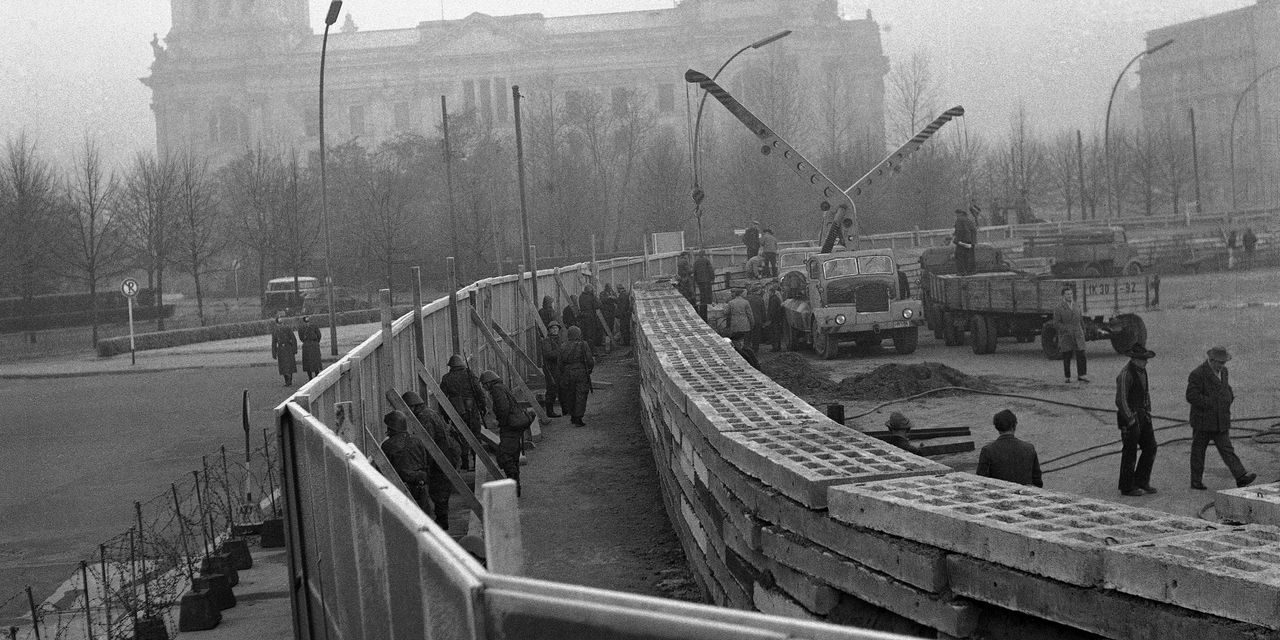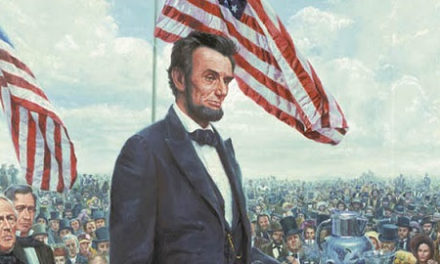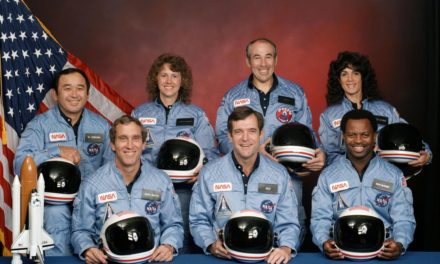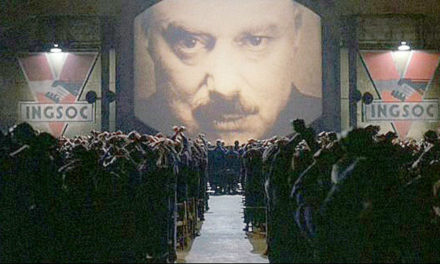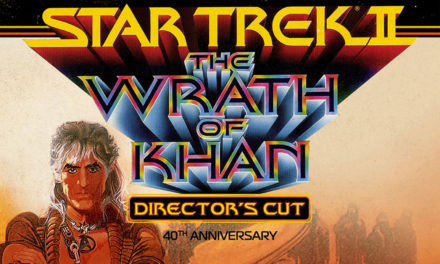Howdy Otterites! Francis here again. Today is the anniversary of the construction in 1961 of the Berlin Wall, perhaps the most visible symbol of the Cold War.
Younger folks may only remember stories of the wall, in particular perhaps only those surrounding it’s demolition, which began in November of 1989 and was fully completed in 1994. For decades before that, however, the wall was a monolith that symbolized repression and tyranny and a cultural and political divide that was seen as both impenetrable and permanent. (East Berlin had been hemorrhaging nearly 1,000 citizens a day to the West before the wall was put in place.) The Wall itself was not just a divider between East and West Berlin, but a real and traumatic rending of a homogeneous culture forced to subvert their shared similarities in the name of incompatible ideologies.
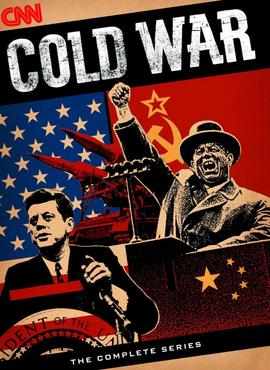
The wall began as about 100 miles of barbed wire that was slowly replaced over time by a 96 mile stone edifice. Initially the wall was constructed at six-feet-tall but was eventually increased to ten by 1970. The famous “death zone” ran along the eastern side and was where around 200 people were killed trying to escape to the West over the 28 years the wall was in place.
In June 1963, John F. Kennedy gave his famous “Ich bin ein Berliner” (“I am a Berliner”) speech in front of the Wall, celebrating the city as a symbol of freedom and democracy. In June 1987, Ronald Reagan gave his own famous “Mr. Gorbachev, tear down this wall” speech there, something that received subdued media coverage at the time but by 1989, as the wall began to come down, became an anthem for the demolition process.
Now, thirty plus years after the event, so many people seem to have forgotten the concrete behemoth that divided the world for all those years. The specter of nuclear annihilation no longer seems possible anymore, and yet for all of us who grew up during that time, the nightmare was very, very real. I have refused to ever rewatch the TV movie “The Day After” since its initial broadcast in 1983 because it so scared the ever-loving shit out of me at the time.
A new day has indeed come since then, but the events that so captured the daily lives of the people of that time need to be remembered for the powerful testaments to freedom (or repression as the case may be) that they truly were. As Nicol Williamson’s Merlin said so eloquently in the movie Excalibur, “It is the doom of men that they forget.”
The Cold War itself is a unique period in history and one well worth studying as it gives such a glimpse into the eerie power of ideology and the fear that we humans are so capable of. So much death came from this period, and yet somehow we managed to survive it. Perhaps the very best documentary on the period is the 20 part TV series Cold War from 1998, which was broadcast on CNN in the United States and narrated by the incomparable Kenneth Branagh. It is available on DVD and is well worth your time.
If you want an actual movie that captures the mood, feeling and paranoia of the era perfectly, I suggest you find the screen adaptation of master espionage novelist John LeCarre’s bestselling novel The Spy Who Came in from the Cold from 1965, starring the legendary Richard Burton alongside the always amazing Claire Bloom. The wall itself features in the opening scene and the chilling final one, and if you are not moved by the subtexts of despair, nihilism and inhumanity that permeate the film, I can only presume you’re not paying attention.
Check out the trailer below, and if you haven’t watched the full movie, it should go on your bucket list right now. Black and white, it is perhaps the greatest spy movie ever made and most definitely should be viewed without distractions. The trailer, which features absolutely no words, only scenes overlaid by haunting string music, is a masterpiece in and of itself:
And as bonus material, here is the video of Kennedy’s famous 1963 speech at the wall:
And also Reagan’s 1987 speech from there as well:

